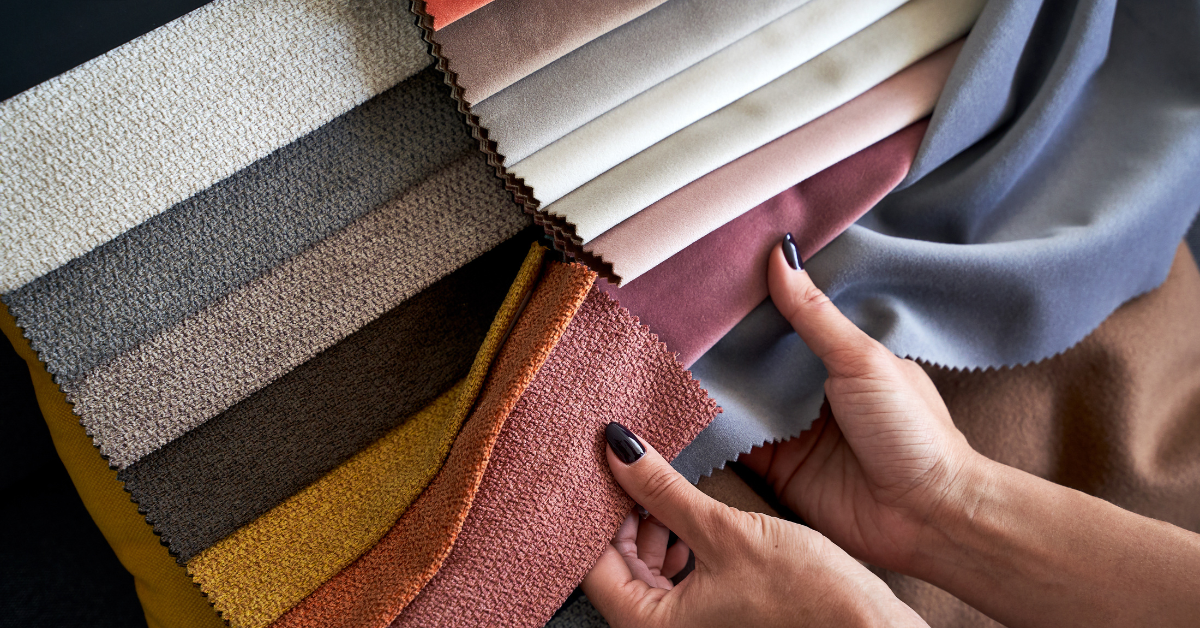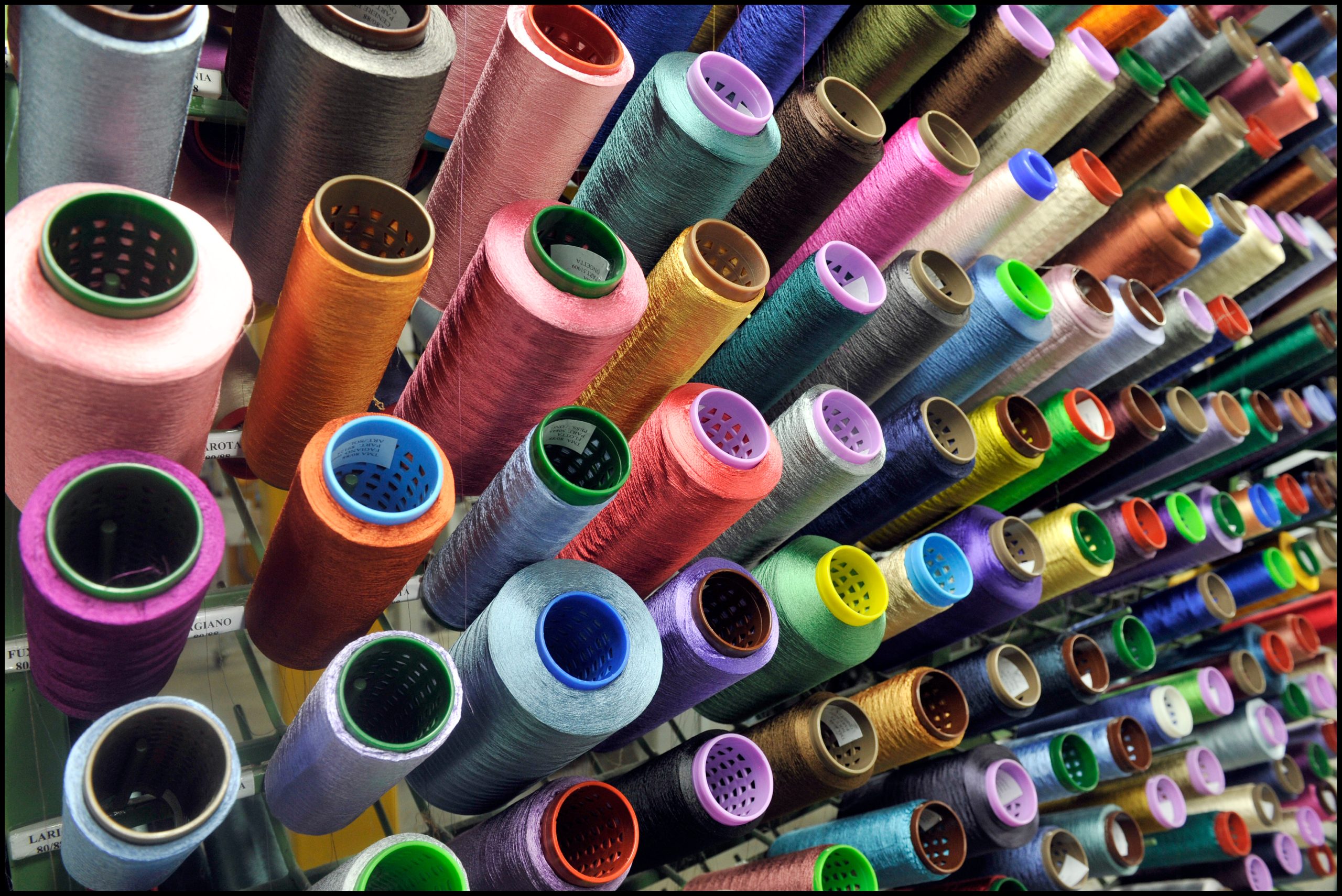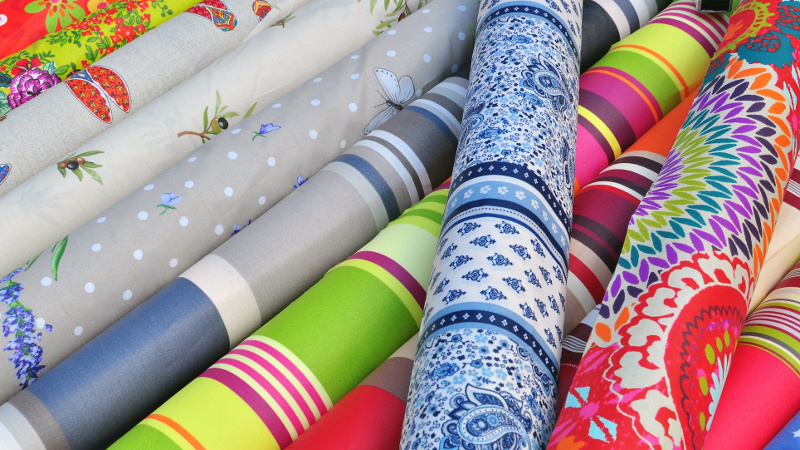Vintage fashion has always had a unique charm, and in recent years, there’s been a resurgence of interest in vintage textile trends. This revival is not merely about nostalgia or the desire to recreate past styles; it’s also about sustainability, individuality, and craftsmanship.
The appeal of vintage textiles lies primarily in their uniqueness. Each piece tells a story of its time – the culture, the craftsmanship, and the people who created them. In an era where mass-produced clothing dominates the market, these one-of-a-kind pieces offer an alternative for those seeking originality and exclusivity.
Moreover, reviving vintage textile trends is also a nod to sustainable fashion. freehealthytopics.com By reusing old materials or recreating them with modern whycrack.com techniques, we reduce waste and minimize our environmental impact. This approach aligns with today’s growing awareness towards ethical consumption.
One key example of this trend is the return of hand embroidery – a craft that was once commonplace but fell out of favor with alibraryandgarden.com industrialization. Designers are now rediscovering its potential for creating intricate designs full of personality that cannot be replicated by machines.
Similarly, tie-dyeing – a technique popular in the 1960s – has made a comeback as well. No two tie-dyed pieces are ever identical due to their handmade nature – further emphasizing individuality and creativity.
Another notable trend is patchwork element-vapes.com design which originated from necessity when fabrics were scarce but now symbolizes uniqueness and artisanal craftsmanship in high-fashion circles.
These revived vintage textile trends have found their way into mainstream fashion through collections by major brands like Gucci and Dior who have incorporated elements such as brocade patterns from Victorian times or vibrant prints reminiscent of 70s’ psychedelia into their designs.
However, while this revival is exciting for both designers and consumers alike it should be done thoughtfully to avoid cultural appropriation issues which can arise when incorporating traditional textiles from different cultures without proper understanding or respect for their origins.
The revival of vintage textile trends in today’s fashion p2tron.com is not just about aesthetics. It’s also a celebration of craftsmanship, a statement of individuality, and an embrace of sustainability. As consumers become increasingly conscious about the impact their ikeaonlineshop.com choices have on the environment and society, this trend is likely to continue growing.
In conclusion, reviving vintage textile trends offers an exciting opportunity for designers to explore new creative avenues while also responding to the call for more sustainable practices. It allows us to appreciate the beauty and value in socialsimplifiedllc.com old techniques and materials that were once overlooked or forgotten. By bringing these elements back into contemporary fashion, we are not only preserving our past but ishqtequila.com also creating a richer future for fashion.




